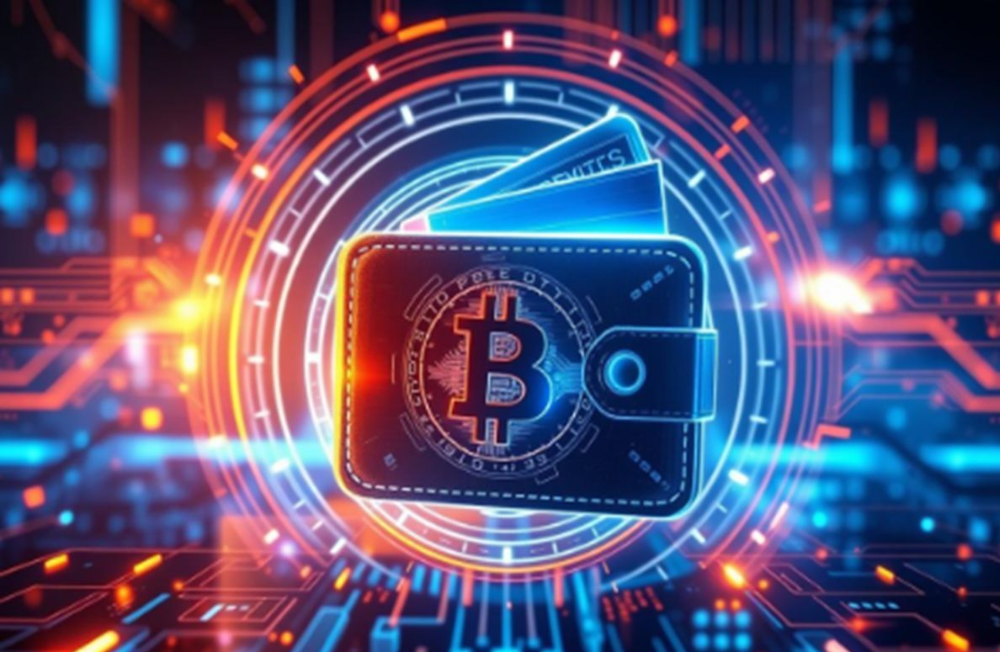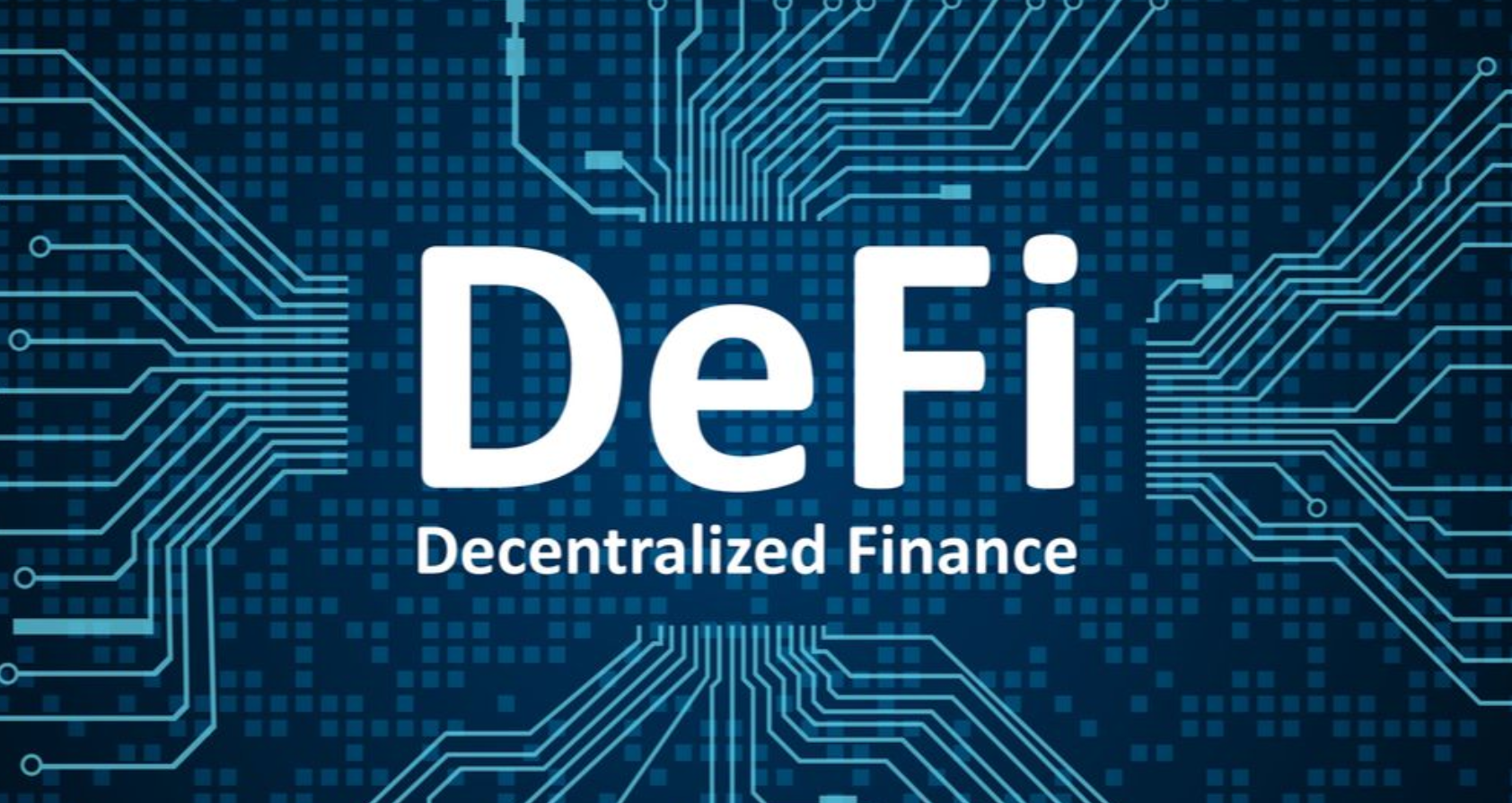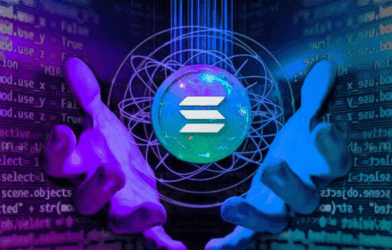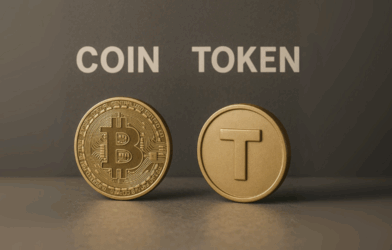Subtotal $0.00
Decentralized Finance, or DeFi, has revolutionized our conception of money. Rather than depending on banks, brokers, or payment firms, DeFi employs blockchain-based smart contracts to deliver financial services directly between users. The most thrilling breakthroughs in DeFi over the last couple of years have originated from lending, yield farming, stablecoins, and liquid staking.
Let’s demystify them in plain language and understand why they’re revolutionizing global finance.
DeFi Lending – Banking Without Banks
In regular finance, if you want a loan, you visit a bank, fill up paperwork, and wait to be approved. In DeFi, lending is between peers and occurs instantly with the help of smart contracts.
Here’s how it’s done:
- You lock up your crypto (e.g., ETH or USDC) into a DeFi lending protocol such as Aave or Compound.
- Other users can take a loan against your lockup by providing collateral.
- The smart contract guarantees repayment. When the borrower defaults, the collateral is liquidated to repay the loan.
This provides a system in which anyone, anywhere, can lend or borrow money without credit checks, paperwork, or middlemen.
Why it matters:
- Lenders receive passive income.
- Borrowers don’t have to sell their crypto.
- The system is open and transparent 24/7.
Yield Farming – Placing Crypto to Work
Yield farming (also referred to as simply “yield”) is similar to collecting interest but with greater flexibility. Rather than leaving your crypto sitting in a wallet, you invest it in DeFi protocols that pay you in tokens or fees.
For instance:
- If you lock up ETH and USDC in a liquidity pool on Uniswap, you collect trading fees whenever someone trades between those tokens.
- Some sites also pay bonus tokens (such as governance tokens), which enhance your returns.
Yield farming has drawn billions of dollars into DeFi because it enables investors to get the most out of their crypto. However, it’s not risk-free. Market volatility, impermanent loss, and smart contract bugs can cut or eliminate returns.
Why it matters:
- It makes crypto an income-generating asset.
- It rewards individuals to supply liquidity, keeping DeFi markets fluid.
Stablecoins – The Backbone of DeFi
While crypto tends to be unpredictable, stablecoins are a reliable and secure alternative. They’re digital tokens tied to a stable value, typically the US dollar. Well-known variants include USDT (Tether), USDC (Circle), and decentralized variants like DAI (MakerDAO).
In DeFi, stablecoins play a key role because they:
- Act as collateral in lending protocols.
- Are a stable medium of exchange in trading.
- Help protect users from wild volatility without exiting blockchain ecosystems.
Governments are taking notice, too. Regulators are writing special regulations for stablecoins because they’re being used more in cross-border payments and remittances.
Why it matters:
- Stablecoins bring DeFi to the masses.
- They connect traditional finance (fiat money) with blockchain-based systems.
Liquid Staking – Unlocking Staked Assets
Staking is already in vogue (such as with Ethereum, Solana, and Cardano). But the problem has always been: once you stake your coins, they’re tied up and can’t be used anywhere else.
Enter liquid staking. DeFi platforms such as Lido and Rocket Pool enable users to stake their tokens but, in the process, give them a token that reflects their staked position (e.g., stETH for staked ETH). This “liquid token” can be used in other DeFi endeavors—lending, trading, or yield farming.
For instance:
- You stake 10 ETH on Lido and are given 10 stETH.
- While your ETH is accruing staking rewards, you can also utilize stETH in DeFi to generate extra yield.
- This generates double rewards—staking earnings along with DeFi yields.
Why it matters:
- Makes capital utilization in DeFi more efficient.
- Makes more individuals stake, enhancing security for the blockchain.
- Increases investment opportunities for those who don’t desire funds to be tied up.
Why These Innovations Matter Together
Separately, lending, yield farming, stablecoins, and liquid staking are compelling. Combined, they constitute the backbone of the DeFi ecosystem:
- Stablecoins serve as cash.
- Lending protocols act in place of banks.
- Yield farming generates returns similar to investment vehicles.
- Liquid staking maximizes capital efficiency while securing blockchains.
Together, they make DeFi an authentic alternative financial system—borderless, transparent, and accessible to anybody with an internet connection.
⚠️ The Risks You Should Know
DeFi is not without risks:
- Smart Contract Risks: Hacks or bugs can result in astronomical losses.
- Regulatory Uncertainty: Governments are still grappling with the regulation of DeFi.
- Market Volatility: Stablecoins minimize volatility, but the overall market can still affect returns.
For beginners, the golden rule is: don’t invest more than you can lose and always do your research before making use of a DeFi platform.

Final Thoughts
DeFi is young and growing rapidly. What was once a testing ground for lending and token exchange has grown to be an international phenomenon threatening to disrupt traditional finance. From lending, yield, stablecoins, and liquid staking, DeFi is demonstrating that finance can be quicker, more equitable, and accessible to all.
As these technologies mature, they are likely to provide the foundation for Web3 and the future of global money.












Tnews
The way you seamlessly blend statistical insights with compelling storytelling creates an immersive and captivating reading experience. Whether it\'s the latest match updates, behind-the-scenes glimpses.